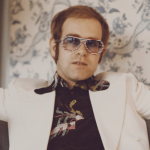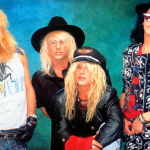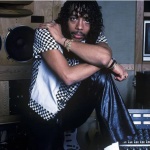Dandy – The Kinks

“Dandy” by The Kinks is a quintessential example of the band’s ability to blend catchy pop melodies with sharp, observational lyrics. Released in 1966 on their album Face to Face, this song showcases Ray Davies’ talent for storytelling and the band’s knack for creating music that is both entertaining and thought-provoking. This essay explores the musical composition, lyrical content, and cultural impact of “Dandy.”
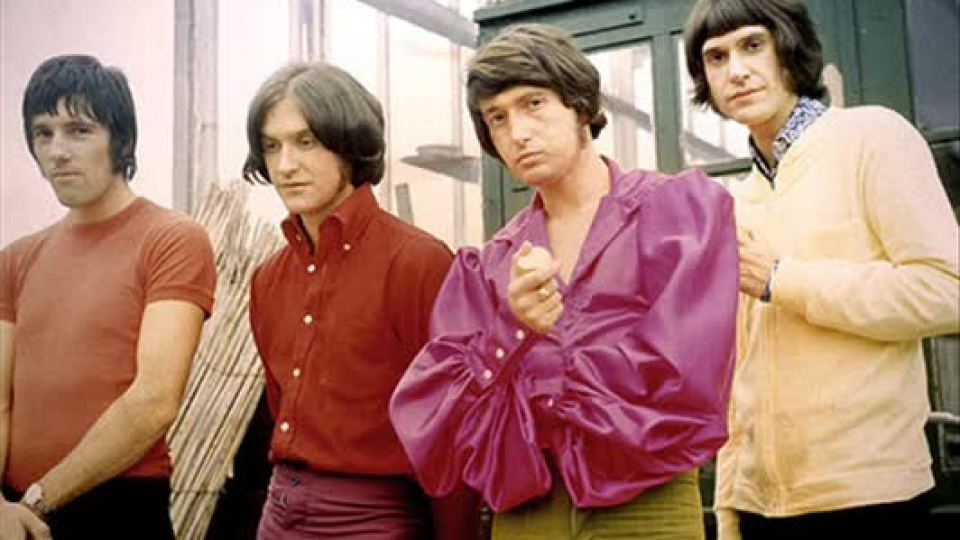
The musical composition of “Dandy” is characterized by its upbeat tempo and infectious melody. The song opens with a bright, jangly guitar riff that immediately sets a cheerful tone. The rhythm section, featuring a steady drum beat and bouncing bass line, provides a lively foundation that drives the song forward. The use of harmonies in the chorus adds to the song’s playful and engaging feel, creating a sound that is both dynamic and memorable.
Ray Davies’ vocal performance is a key element of the song’s charm. His delivery is clear and expressive, capturing the playful and slightly mocking tone of the lyrics. The vocal melody is catchy and easily singable, making the song accessible and enjoyable for listeners. The overall arrangement, with its blend of guitars, bass, and vocals, exemplifies the classic 1960s pop-rock sound that The Kinks helped to define.
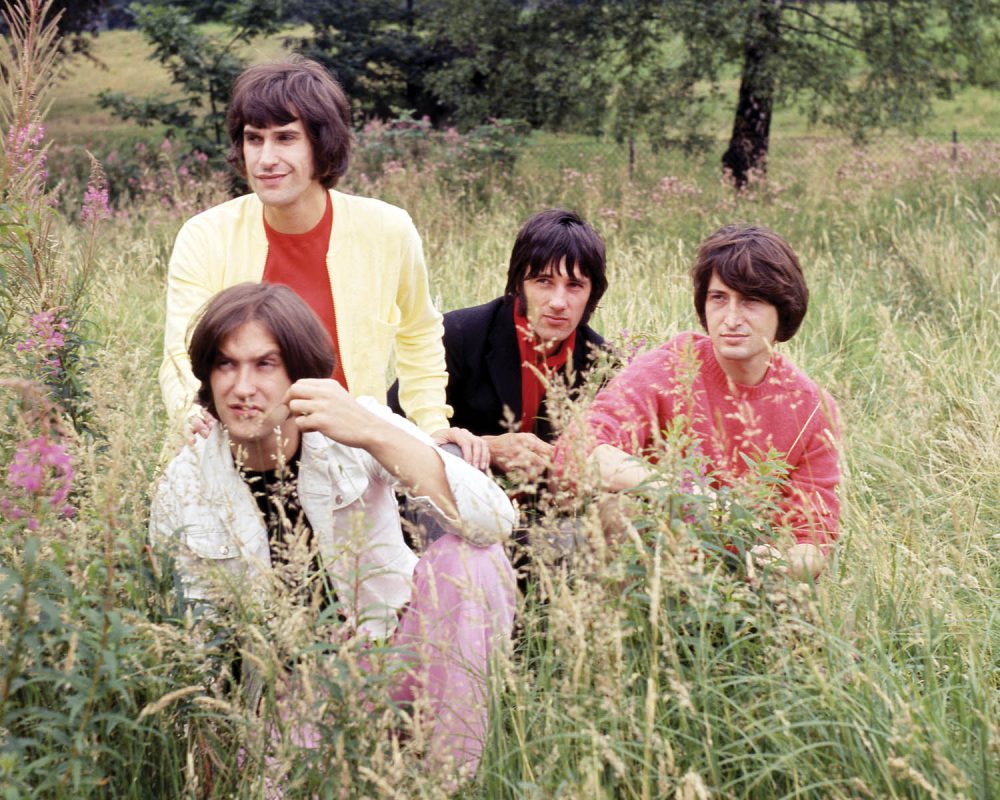
Lyrically, “Dandy” is a satirical take on the life of a charming but irresponsible young man. The song’s protagonist, Dandy, is depicted as a carefree womanizer who flits from one romantic conquest to another without regard for the consequences. Lines such as “Dandy, you’re all right / You’re all right / You’re all right” and “Dandy, Dandy, where you gonna go now?” highlight his perpetual restlessness and lack of commitment. The lyrics paint a vivid picture of Dandy’s lifestyle, filled with fleeting romances and superficial pleasures.
The song’s satire is both humorous and critical, reflecting Davies’ ability to craft lyrics that are simultaneously entertaining and thought-provoking. Through Dandy’s character, the song critiques the hedonistic and irresponsible behavior that can accompany youth and freedom. However, the tone remains light-hearted, ensuring that the critique is delivered with a sense of fun rather than harsh judgment.
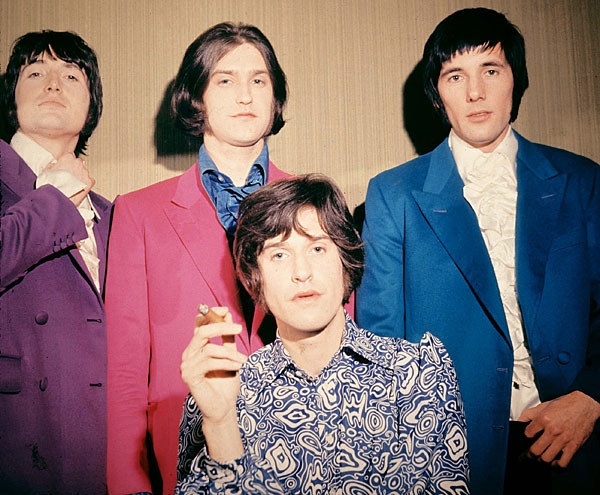
The cultural impact of “Dandy” lies in its reflection of the social dynamics of the 1960s. The character of Dandy embodies the era’s shifting attitudes toward relationships and personal freedom. The 1960s were a time of significant social change, with traditional norms being challenged and redefined. “Dandy” captures this spirit of rebellion and exploration, while also offering a cautionary perspective on the potential pitfalls of such a lifestyle.
Additionally, “Dandy” was covered by the German band Herman’s Hermits, achieving commercial success and further cementing its place in pop culture. The cover version brought the song to a wider audience, demonstrating its broad appeal and the universality of its themes. The enduring popularity of both The Kinks’ original and Herman’s Hermits’ cover highlights the song’s timeless quality and its ability to resonate with listeners across different generations.

In conclusion, “Dandy” by The Kinks is a masterful blend of satirical storytelling and catchy pop-rock music. Its lively composition, memorable melody, and sharp lyrics create a song that is both entertaining and thought-provoking. The cultural significance of “Dandy” reflects the social dynamics of the 1960s and the enduring appeal of The Kinks’ music. Through its playful critique of youthful irresponsibility, “Dandy” remains a beloved classic that continues to captivate audiences with its charm and wit.
